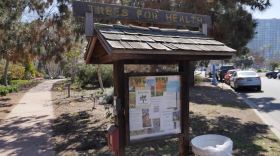In 2022, when California lawmakers approved a new tax on lithium — a key component in electric cars and other battery technology — residents across Imperial County were thrilled.
To many, the tax was a straightforward promise: If companies were able to successfully extract the valuable mineral somewhere within the state’s borders, nearby towns and cities would also get a share of the profits.
In Imperial County, where cautious excitement over vast lithium deposits under the Salton Sea had been bubbling for several years, that meant poorer communities like Niland and Calipatria might finally see more funding to repair aging roads, parks and other services.
But two years into the rollout of that tax, those hopes have also become tinged with worry.
That’s because last month, the Imperial County Board of Supervisors unanimously approved a controversial plan for splitting up those funds. The five supervisors laid claim to 60% of the revenue and announced plans to divide most of the remaining dollars between cities based largely on population size instead of how close they’ll be to the planned extraction sites.
Despite dozens of requests to slow the approval process and reconsider their decision, supervisors voted to move that spending plan forward. They argued the county needed to move swiftly but pledged to revisit discussions in the future.
As energy companies continue their race to get lithium operations off the ground, that decision has left many residents frustrated and worried that frontline communities may see little of the money they were promised.
"We’re not just frustrated, we’re tired," said Michael Luellen, a city councilmember in Calipatria. "We're deeply concerned about what's happening here."
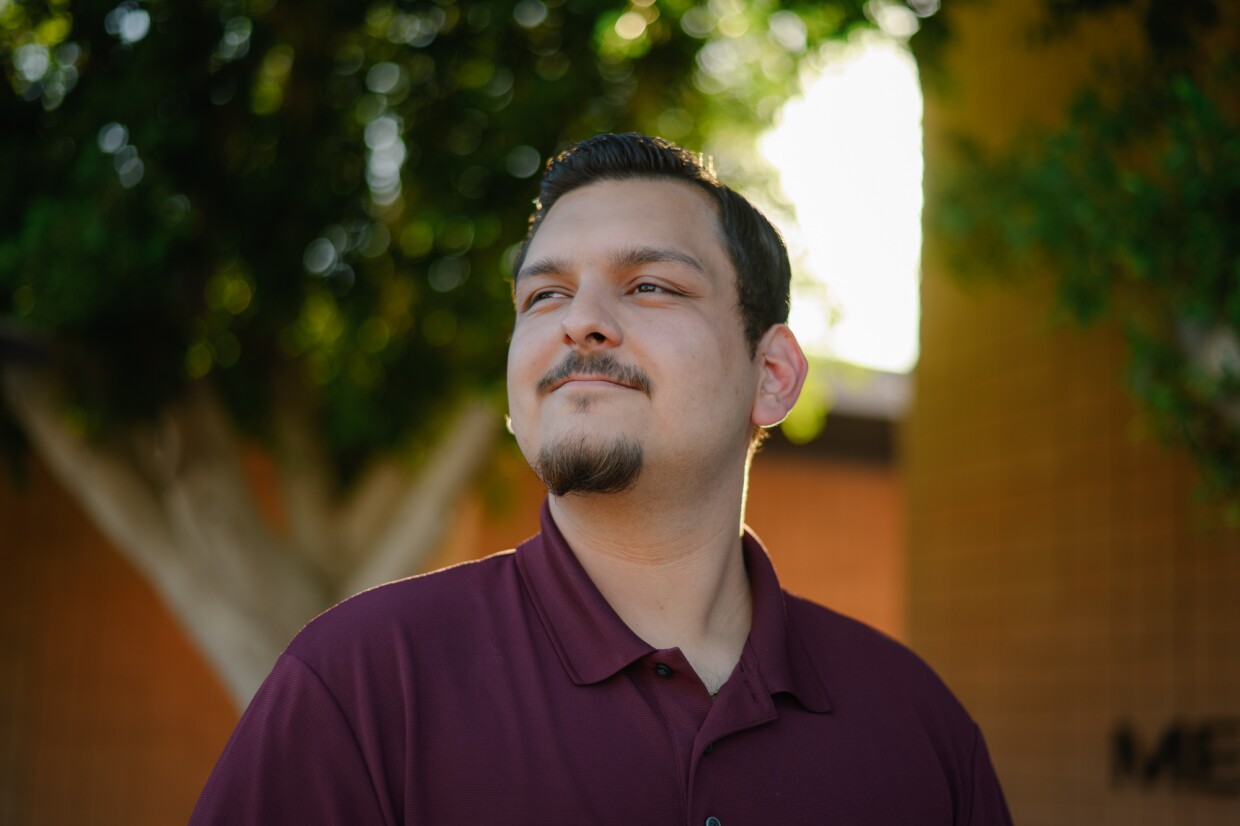
Hope for small communities
The lithium tax was a hard-fought victory for the Imperial Valley.
The tax was created by state Senate Bill 125. It imposes a flat fee of $400 to $800 on lithium companies for every ton of the mineral extracted in California. A fifth of that money is set aside for state restoration efforts around the vanishing Salton Sea. The remainder, a full 80% of the funds, will go directly to the county where the lithium was produced.
The tax wasn’t backed by everyone. Of the three energy companies seeking to extract lithium, two publicly opposed it. One of them, EnergySource Minerals, actively lobbied against the tax in Imperial County, the Calexico Chronicle reported, sending letters and calling residents.
But the tax had strong support among residents across the county. It united a number of unlikely partners, including local governments, community advocacy groups and regional elected officials.
Underpinning the support was the pledge that, in Imperial County, at least 30% of those funds should go to "directly and indirectly impacted" towns and cities — including northern towns like Calipatria, Niland and Bombay Beach.
In Calipatria, a city of 6,500 residents, local officials like Luellen hoped to use those future tax dollars to improve local schools and repair the city’s aging sewage system, a project that could cost at least $2 million.
Daniela Flores saw that countywide swell of support firsthand. Flores is the founder of the Imperial Valley Equity and Justice Coalition, a Calexico-based advocacy group that was conducting community surveys about the lithium industry.
“To see all those dreams and hopes of people listed in that survey really gave us confidence that it's something people wanted,” she said.
In late June 2022, the tax went to a final vote. Assemblymember Eduardo Garcia (D-Coachella) gave an impassioned defense, arguing that residents of the Imperial Valley had seen too many industries promise jobs and prosperity and fail to deliver.
"This is an opportunity to put people first over industry,” Garcia said.
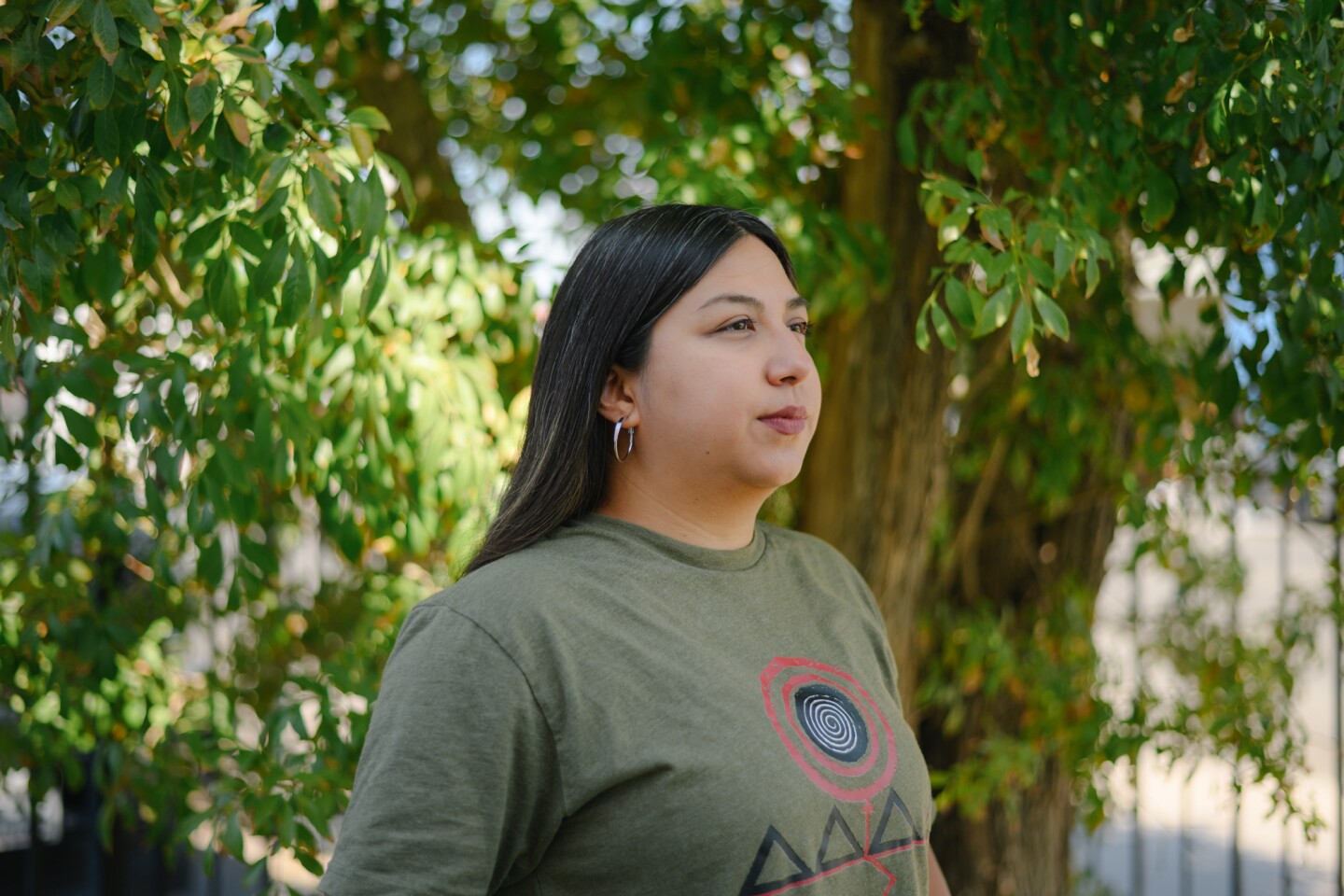
A controversial spending plan
But in August, that excitement was undercut by concern when the Imperial County Board of Supervisors released their plan for dividing up the funds.
State lawmakers had left it up to the five-member Board to decide how to split up the tax revenue. Their draft spending plan claimed 60% of the funds for the county government’s own uses, which would include spending on the Imperial County Sheriff’s Office, the county public health agency and land use planning.
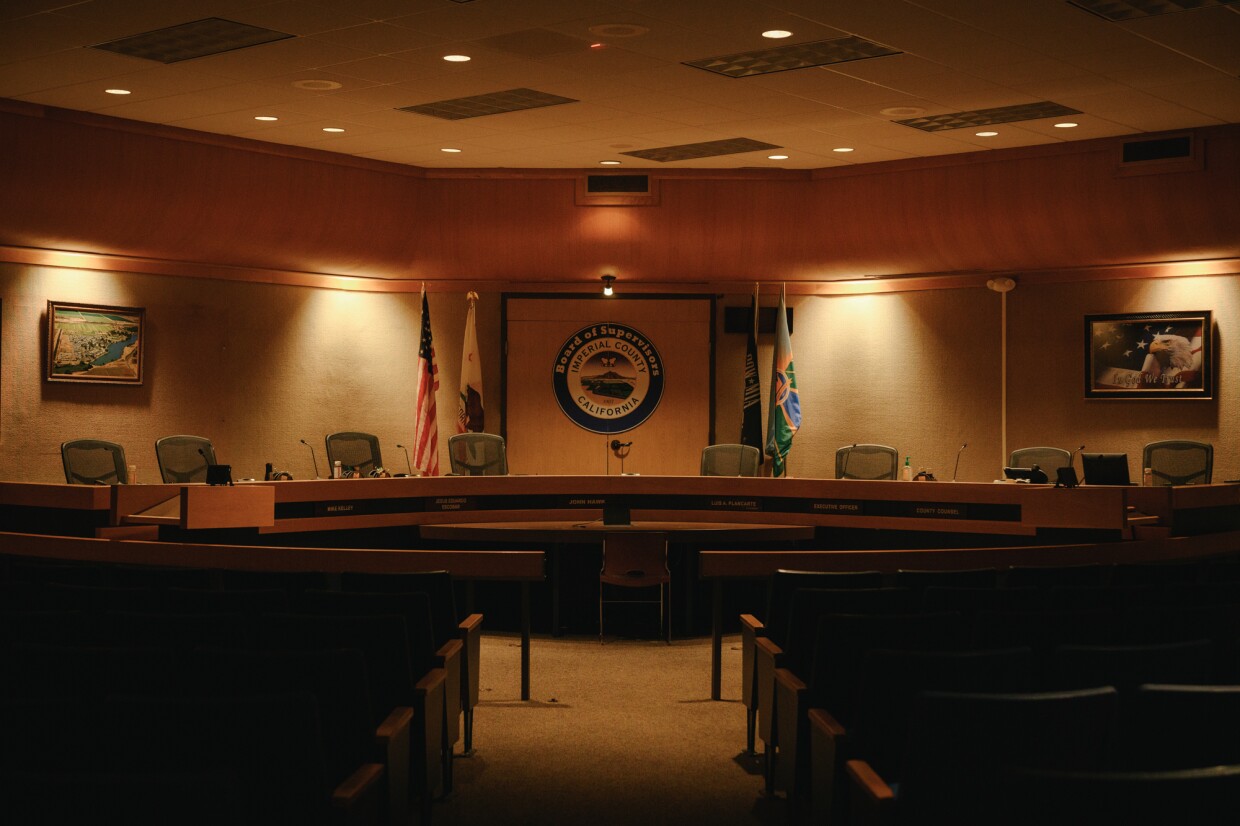
The spending plan also reserved another 10% for a county-run fund called the "Lithium Community Benefits Program." That money could go to a wide range of projects, county officials said, including adding new green spaces, improving child care services, funding tribal cultural preservation projects and creating new scholarships.
Finally, the plan would split up the remaining 30% between cities and towns across the valley based largely on population size.
Five northern cities counted as “directly affected” communities by the state would also receive small amounts of additional funding: Niland, Calipatria, Westmoreland, Brawley and Bombay Beach.
In total, the plan would see Brawley, located 10 miles south of Calipatria and one of the county’s wealthier cities, receive the largest share by far — over $700,000 for every $6.4 million received by the county.
Calipatria would receive around $200,000 per $6.4 million received, while Niland and Westmoreland would see less than $100,000. The town of Bombay Beach would receive just $8,500.
At a press conference in early September, Northend advocates slammed the plan for focusing primarily on population instead of proximity to the proposed lithium extraction sites.
"We have a smaller population but the greatest need,” said William Cooper, an organizer with the Calipatria-based Becoming Project. "That compounds the problem that we have had with inequity for the last 50 years.”
Calipatria Mayor Sylvia Chavez pointed out that some Northend communities have been shrinking in recent years, in part because of the infrastructure issues they hoped to address with the lithium tax funds. If those trends continued, she worried that could mean they might receive less funds in the future.
"I cannot support the excise funding plan that they proposed,” Chavez said. "The plan does not support the Northend community directly impacted by these projects.”
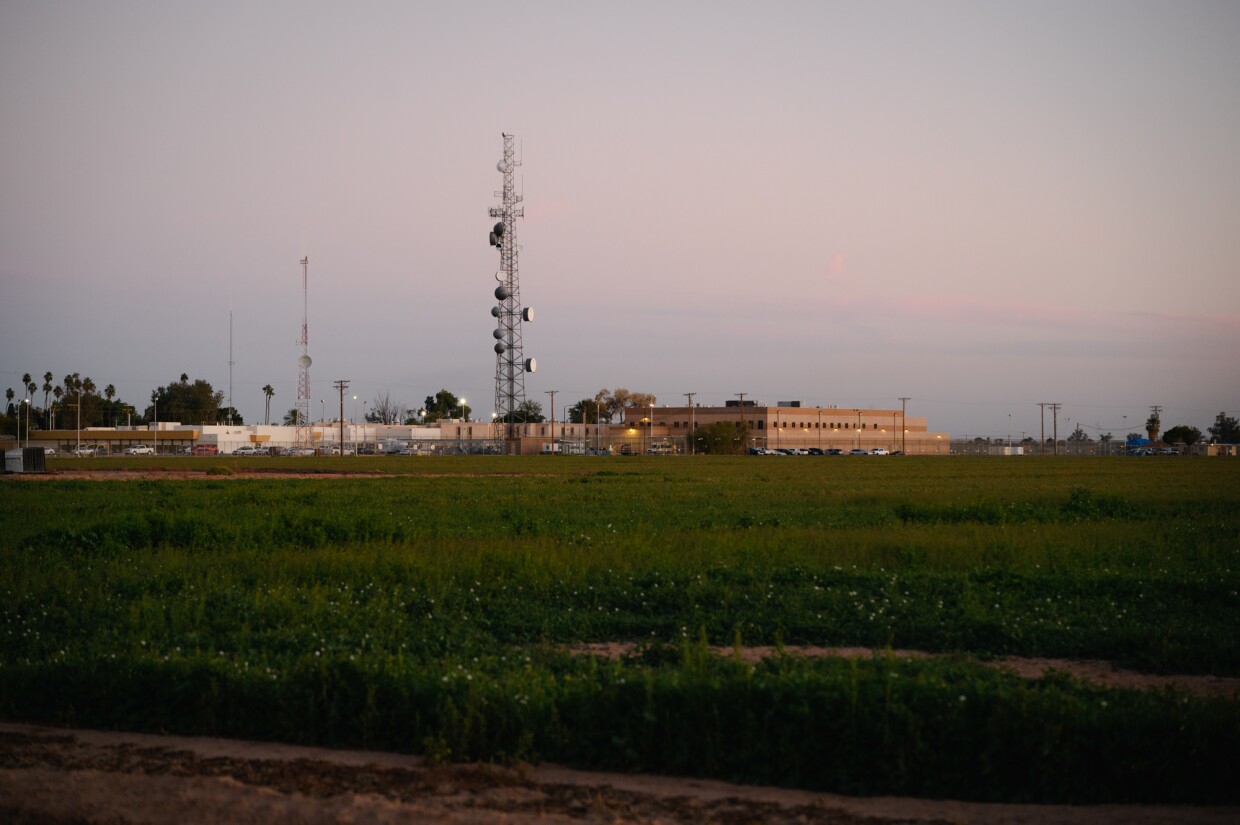
Supervisors defend their plan
On a hot Tuesday morning in mid-September, the Board of Supervisor gathered at the county administration building in El Centro to vote on the spending plan.
Even though it was during a workday, the boardroom was packed. Dozens of people urged the supervisors to reconsider the allocations for Northend communities.
A number of speakers pointed out that companies aren’t likely to start extracting lithium for several years and questioned why the Board needed to vote on the plan so early. Local officials from Brawley, Imperial and Calipatria, along with advocates from Planned Parenthood, the ACLU and other local advocacy groups, asked the county to delay their vote.
"We are begging for you to postpone this,” said Imaris Nuyen, a resident along the western shore of the Salton Sea. “All of us are directly affected.”
Several also argued that the county should be setting aside more funding for two of the Valley’s tribes: the Fort Yuma Quechan Indian Tribe and the Torres Martinez Desert Cahuilla Indians.
Under the current plan, the Quechan Tribe would receive around $16,000 for every $6.4 million received by the county. The Torres Martinez Tribe would get close to $18,000.
Several large farmers and the Catholic Charities Diocese of San Diego voiced their support for supervisors’ spending plan.
"We have faith in our county leaders," said Paula Pangle, the first Vice President of the Imperial County Farm Bureau. "We thank you very much for your leadership."
Meanwhile, the supervisors defended the plan.
Supervisor Michael Kelley insisted that the county’s share of the funds would make its way back to Northend communities in the form of county services like law enforcement and medical services. He promised that the plan would remain a "living document" and that the Board would be open to revising it in the coming years.
Supervisor Ryan Kelley, who has been closely involved in conversations around lithium, argued that the Imperial Valley was in a close race against other parts of the country to become the United States’ main domestic supplier. He said putting their plans for the tax in print was necessary to getting more support from the state and the Biden administration.
"I promise to continue the conversation, but we have to protect this,” said Kelley, whose district includes the north end of the county. "The window is closing.”
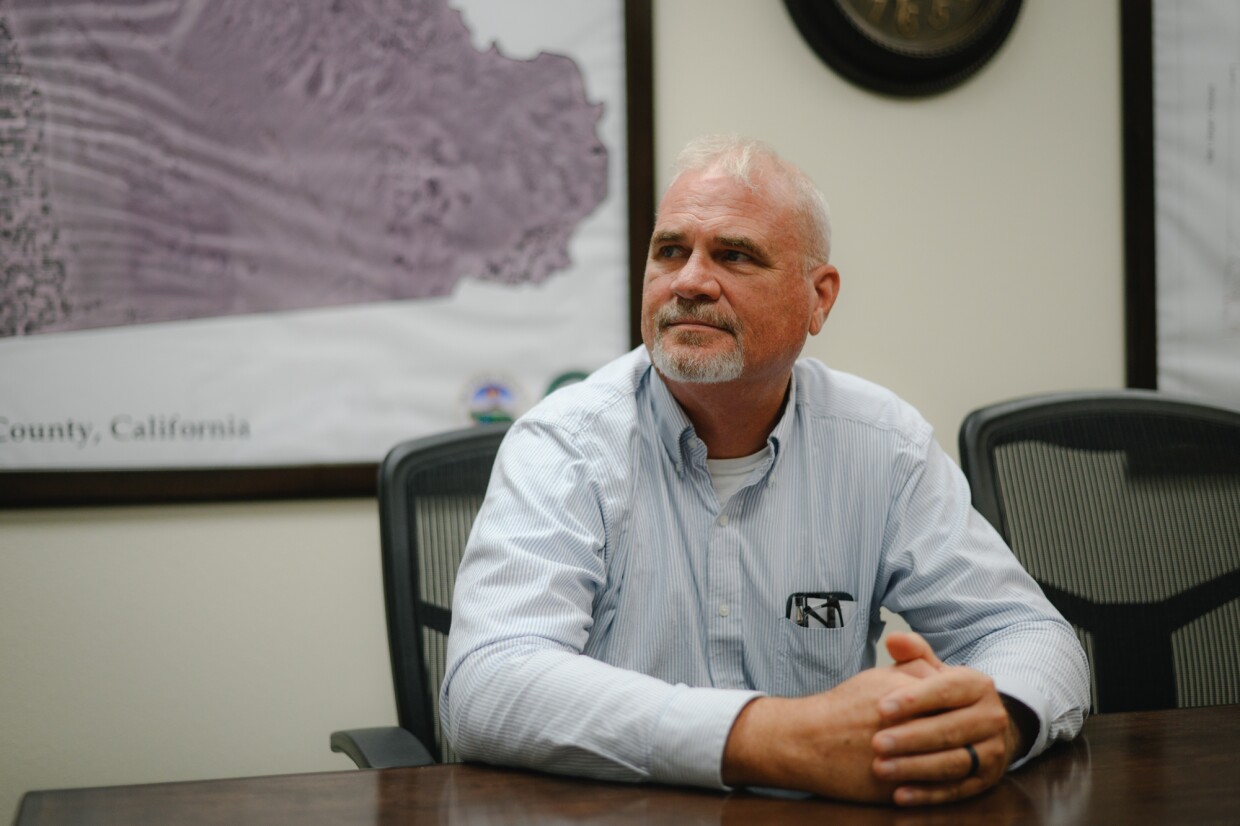
'It’s not over'
Although the Board is moving forward with their spending plan, it will likely be years before any of the expected tax revenue arrives.
Energy companies are still developing the systems needed to filter out dissolved lithium from hot brine in Imperial County, and the technology behind that process is new and relatively untested.
Yet, there is still a sense of urgency among many in the Imperial Valley because projects in other parts of the country are moving forward. In July, one Utah company said it had become one of the first to begin filtering lithium at a commercial scale.

To Ryan Kelley, that’s a warning sign. In an interview two weeks after the vote, he said the Biden administration has backed a number of lithium projects this year, including an open-pit mine in Nevada and battery manufacturing facilities in South Carolina.
"California has not been getting any of these awards," Kelley said. "I don't have the answer of why that choice was made."
The supervisor said he hopes to get local officials and community advocates working in unison with the regional government again to present more united support for the lithium industry.
Kelley also reiterated that he and other supervisors were committed to revisiting the details of the spending plan in three years.
Luellen said he plans to hold the Board to that promise. The councilmember doesn’t buy the supervisor’s argument that the Imperial Valley is at risk of losing the benefits of the lithium industry. And he remains intensely frustrated with the fact that the power to divide the lithium tax funds largely remains in their hands.
"Decisions that were made around lithium used to be with legislators alongside local leaders and community members," Luellen said. "Now, it's between a few Board of Supervisors and lithium executives.”

Flores, the environmental justice advocate who has been working on community outreach efforts around lithium, agrees that they should continue to push for changes to the spending plan. She’s also looking ahead to other ways that Imperial Valley residents might secure benefits.
Last year, her organization and another local environmental justice group, Comite Civico del Valle, succeeded in urging lawmakers in Sacramento to pass another law, SB 797. That law, which was opposed by county officials, will create a state-appointed oversight committee to scrutinize the county’s distribution of the tax funds, with a first report set for 2027.
Flores also sees a community benefits agreement as another potential path. That kind of contract could lay the groundwork for local hiring and workforce training commitments.
And until lithium extraction actually begins, Flores said, there is still time to change the spending plan.
"Some community leaders feel like it's done," she said. "But what I'm trying to say is, it's not over until the money is here."




